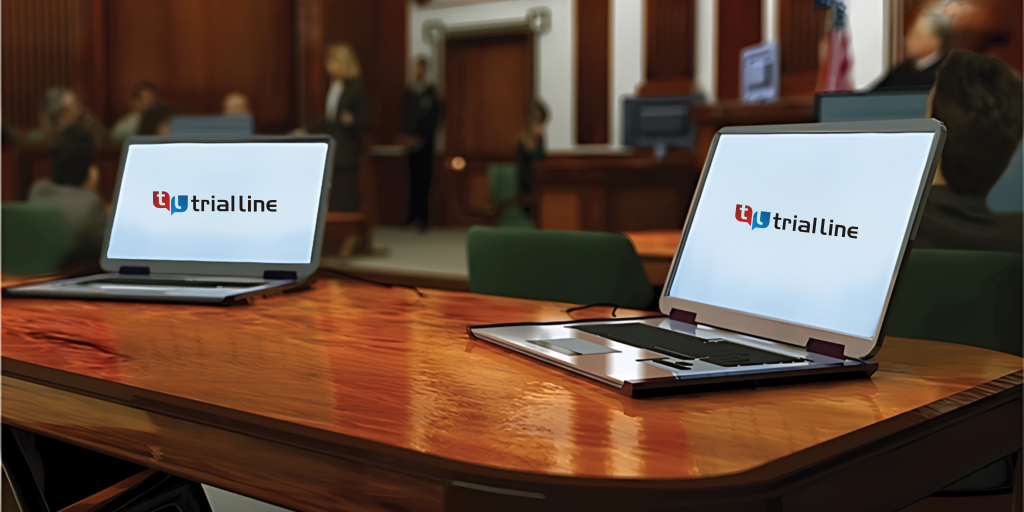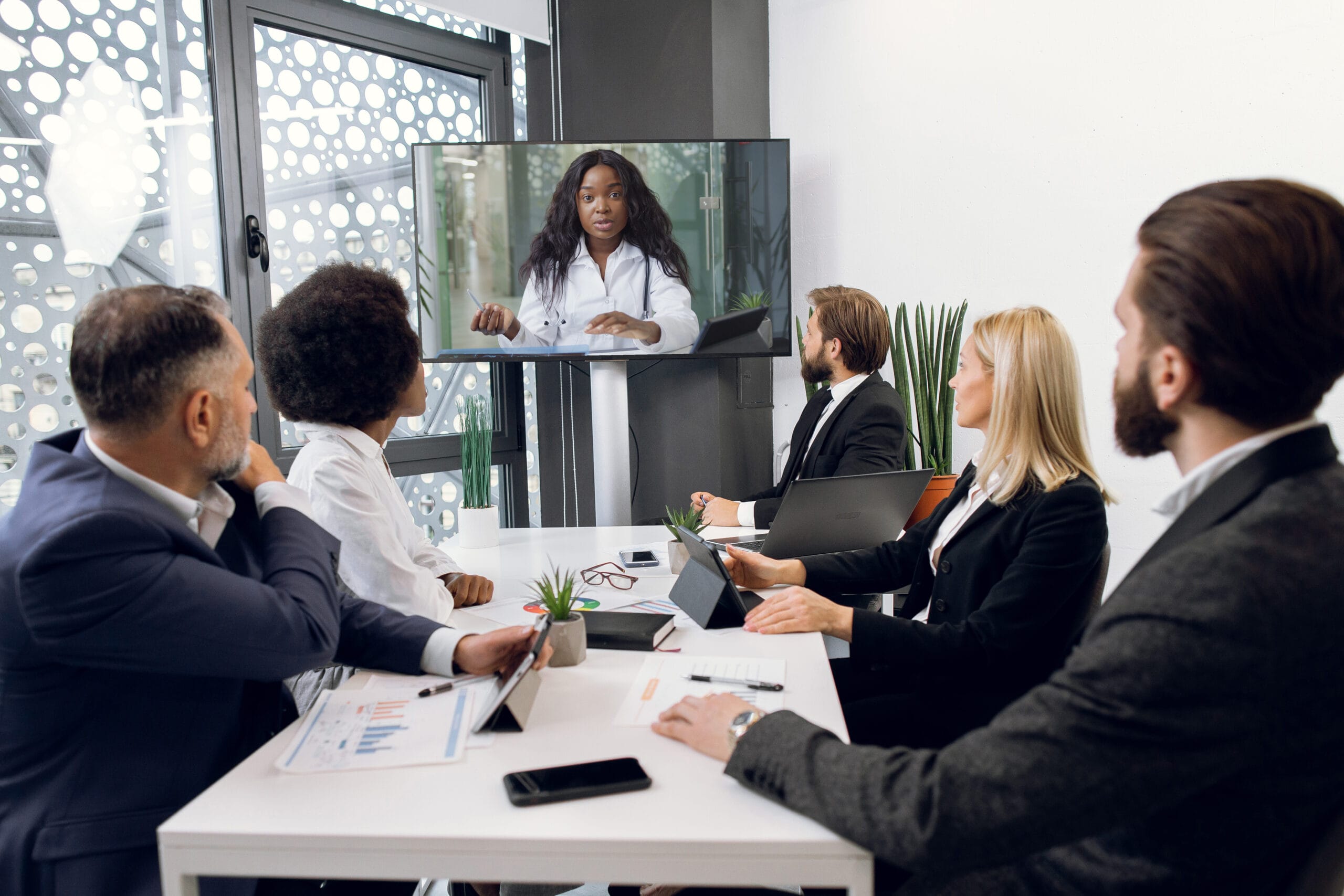Discover the Value of Test Presentations for Effective Legal Outcomes
In the realm of lawsuits, the efficiency of trial presentations can typically be the definitive aspect in securing beneficial lawful outcomes. By translating elaborate lawful debates right into compelling stories, attorneys can enhance juror understanding and interaction. The calculated use of aesthetic help and structured narration not just aids in retention however also shapes the jury's understanding of the case. As we explore the essential elements of impactful trial presentations, one need to think about how these components intertwine to influence the final decision. What strategies can absolutely raise a discussion from regular to phenomenal?
Understanding Test Discussions
Understanding test presentations is important for lawful specialists seeking to successfully share their disagreements and proof to a jury. A test presentation works as an essential tool in the courtroom, transforming complicated legal ideas and situation details into a systematic narrative that jurors can quickly comprehend. Legal specialists must identify that jurors are usually laypeople, not familiar with lawful lingo and step-by-step intricacies. The ability to boil down details right into clear and compelling visuals, along with oral disagreements, considerably boosts the opportunities of favorable outcomes.
Additionally, the framework and delivery of a test discussion can influence juror understandings and decision-making. Reliable presentations use a mix of storytelling, visuals, and persuasive techniques to engage jurors and keep their attention throughout the test. This requires meticulous planning and prep work, as each component should straighten with the case technique and purposes.
Additionally, comprehending the mental elements of juror actions is vital in crafting an effective test discussion. Lawyers should consider exactly how jurors translate details, react to psychological appeals, and form prejudices. By attending to these variables, attorneys can produce presentations that resonate with jurors, eventually helping in the quest of justice.
Trick Aspects of Reliable Discussions
Effective trial discussions depend upon a number of essential elements that collectively boost their performance. Firstly, clearness is necessary; lawful arguments must be expressed in a straightforward fashion, staying clear of jargon that can perplex the jury. Speakers need to structure their arguments rationally, leading the target market via the narrative in a coherent series.

Visual help also play an essential duty in effective discussions. Properly designed slides, charts, and graphics can aid distill complicated details and reinforce bottom lines, making them more memorable. In addition, using narration methods can involve the court emotionally, producing a link that transcends simple truths.
Another vital aspect is the speaker's shipment style. Confidence, enthusiasm, and suitable body language can dramatically influence just how the message is received. Practicing effective eye contact and vocal variation keeps the jury mindful and purchased the presentation.

Effect On Jury Perception
The effect of test discussions on jury perception is extensive, as the means details is conveyed can substantially affect jurors' analyses and decisions. Jurors are charged with assessing complex information and making decisions based upon proof offered throughout the trial. Effective discussions that use clear visuals, compelling narratives, and organized content can enhance jurors' understanding and retention of essential truths.
In addition, the psychological tone and delivery of the discussion play an important function in forming jurors' attitudes. Discussions that reverberate psychologically can develop compassion Homepage and link, persuading jurors towards the attorney's point of view. Conversely, a poorly structured or extremely technological discussion can cause confusion and disengagement, resulting in undesirable understandings of the case.
Additionally, jurors typically rely upon non-verbal cues, such as body language and eye get in touch with, which can affect their count on the speaker - trial presentations. As a result, lawyers need to be acutely familiar with just how their presentation style can either enhance or threaten their arguments. In recap, well-executed trial discussions are essential for guiding court assumption and eventually influencing the result of lawful process
Methods for Engaging Narration
Crafting a compelling story is necessary for engaging narration in the courtroom. An effective tale needs to reverberate with jurors on an emotional degree while plainly laying out the realities of the case. Start by developing a solid central theme that encapsulates the significance of the disagreement. This motif serves as an assisting string throughout the presentation, aiding jurors make connections and maintain information.
Using character advancement is critical; humanizing the parties entailed allows jurors to feel sorry for their experiences. Present key figures early, giving context and background to make them relatable. Furthermore, utilizing a clear framework-- starting with an interesting introduction, complied with by an efficient body, and wrapping up with a powerful resolution-- makes sure the narrative circulations logically and preserves juror rate of interest.
Including dazzling images and descriptive language can even more improve the tale, producing psychological images that make the realities extra unforgettable. The use of rhetorical questions can provoke thought and reflection, prompting jurors to actively engage with the story. By using these strategies, lawyers can develop stories that reverberate deeply, inevitably affecting the court's decision-making procedure.
Enhancing Proof With Aesthetic Help
While providing evidence in a trial, the integration check my blog of visual help can significantly improve comprehension and retention among jurors. Visual help, such as graphes, graphs, photos, and video clips, offer to clear up complicated info and create a more interesting story. look at here By showing bottom lines, these tools assist jurors to draw links between evidence and the situation's overarching themes.
Furthermore, aesthetic help can streamline detailed information that may otherwise bewilder or puzzle the jury. For instance, a timeline can properly showcase the sequence of occasions, while a diagram can illustrate relationships or communications between parties associated with the case. This clearness promotes better understanding and helps with educated deliberation.
The strategic usage of aesthetic aids additionally take advantage of the visual understanding preferences of several jurors, making the presented proof much more relatable and remarkable. When jurors can envision facts, they are most likely to preserve important information, bring about better-informed decisions.
Inevitably, effective trial presentations that include visual help not just strengthen the situation yet also empower jurors to engage proactively in the judicial process, facilitating more equitable lawful end results. In summary, improving proof with visual help is a critical approach for successful trial presentations.

Verdict
In summary, test presentations serve an essential function in the legal process by equating intricate lawful disagreements into relatable narratives for courts. Effective presentations, characterized by structured storytelling and visual aids, substantially enhance juror understanding and retention of information.